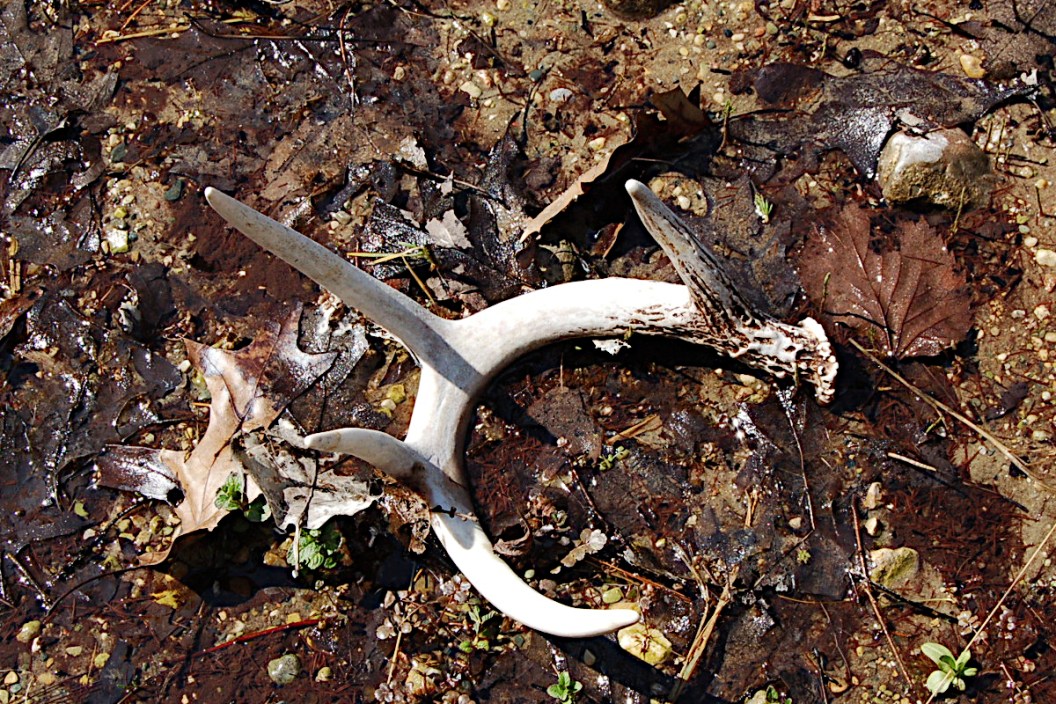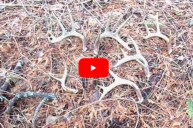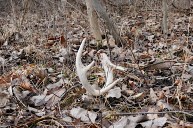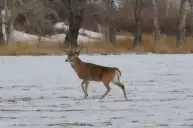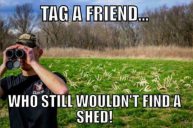What a shed can tell you about the deer that dropped it.
So you're out shed hunting and just spotted tines on the ground in the field in front of you. Now what? Well, today we're going to break down what that antler can teach you about the buck that dropped it.
These tips won't only make you a better shed hunter, but also a better deer hunter in general.
Take a picture, it WILL last longer.
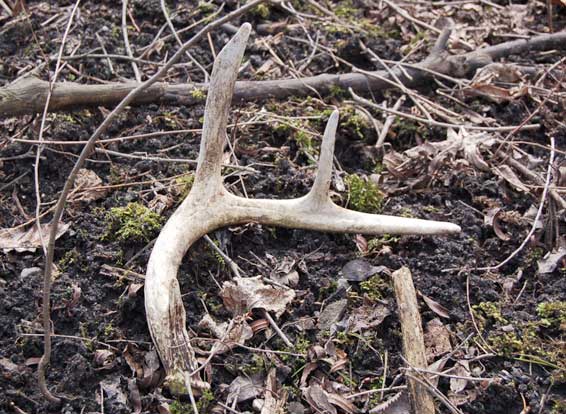
We know how exciting it is to find a shed, but resist the urge to run over and pick it up immediately. Take a few moments to snap several photos of the antler just as you found it. All the photos in this story are examples of ones I've taken over the years. 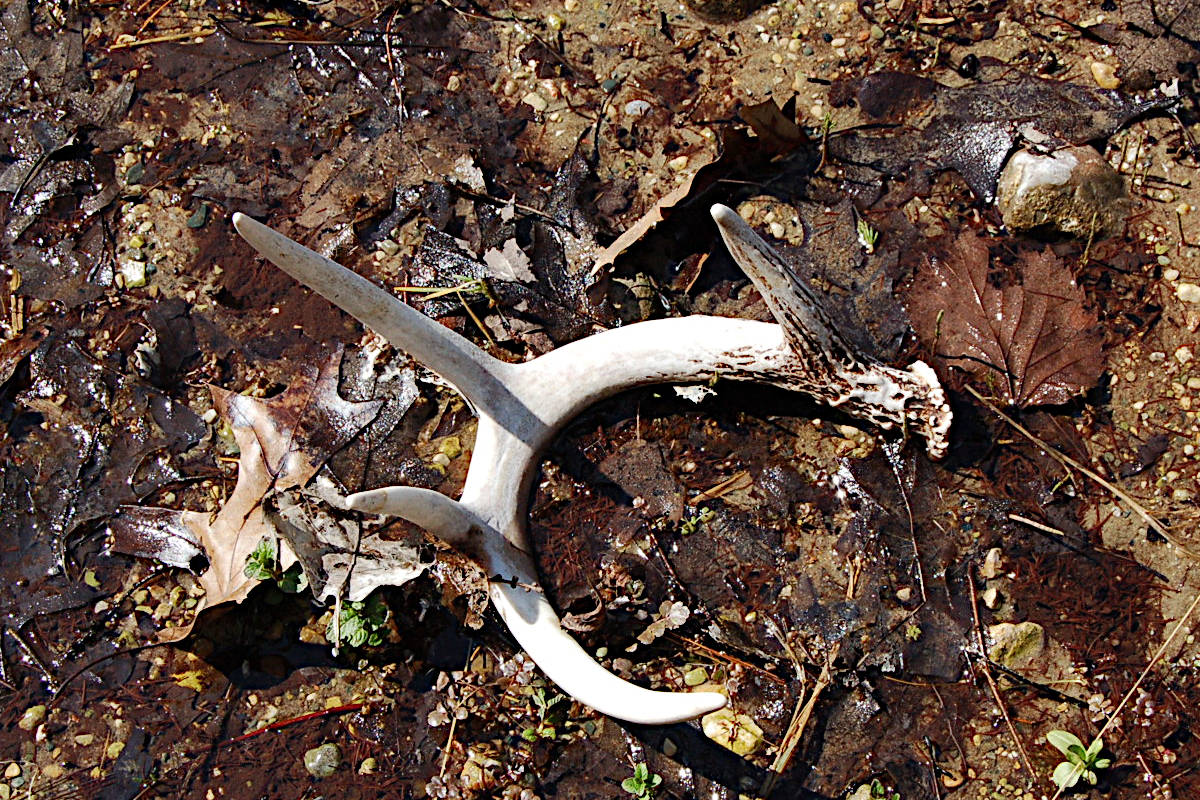 There are a few reasons why I do this. First and foremost, it makes for a better memory, especially with a bigger antler.
There are a few reasons why I do this. First and foremost, it makes for a better memory, especially with a bigger antler.
Secondly, having a supply of photos of antlers exactly where you found them helps train your eyes to spot them in the future. As the years go on, they can also help jog your memory if you forget where you found a particular antler. This is especially important if you are following and trying to pattern one buck in particular over a long period of time.
They can also help you identify hot spots. There are some places where I seem to find antlers year in and year out, and it's amazing how alike some of the photos can look.
Assess the situation.

Another reason I don't rush picking up an antler is because it pays to take a moment to assess that particular location. Ask yourself questions that can give the shed more context.
This proves a buck was here, but what was he doing when he lost his antler? Is he a local regular you recognize from trail camera pictures and sightings during the season? Or, is he a stranger you never knew about? If it's the latter, how did you miss knowing about him?
Is the antler laying at a fence crossing to another property? If so, why was the buck over there? And, is there a something you can do to make him spend more time on your side?
If you find one in a bed, it stands to reason the buck was there for possibly hours on end. Is this a bedding area that is used all year round? Or is it one used exclusively in late winter as the deer are trying to survive?
With finds along a trail, which way did the buck come from? Is it possible to follow or backtrack his movements to find the other side?
Also note the age of the antler. If it's old, bleached white and cracked, it's most likely a years-old antler, making all these questions moot.
Use sheds as a scouting tool.
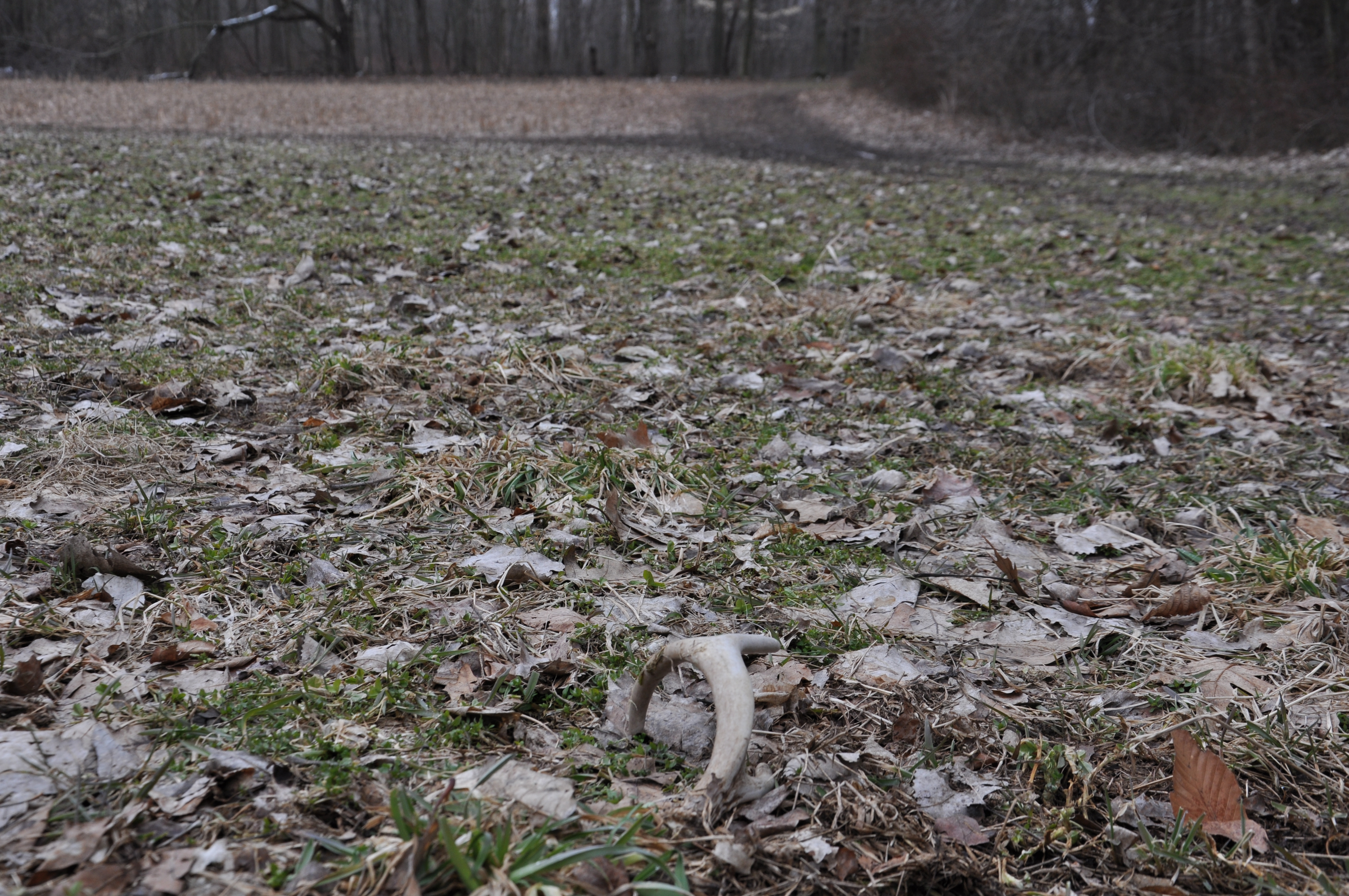
Shed hunting is an effective form of post-season scouting for the next hunting season. But, keep in mind that sheds don't always indicate a good spot to put up a tree stand.
Case in point, I've found sheds up to two miles away during deer season. I concluded the buck did a little wandering in his post-rut search for food and wasn't actually a regular in my area. While that may be disappointing, it also gives you a reason to think about more ways to attract and hold bucks in your hunting area.
This isn't always a hard and fast rule. Sometimes you'll find a buck that's a real homebody and doesn't wander much all year. However, you should still make a point to really cover your area to learn bucks' behavior. You should use sheds hand-in-hand with trail camera photos to monitor the deer on your land.
Keep these things in mind this shed hunting season and you'll surely find more success.
Products featured on Wide Open Spaces are independently selected by our editors. However, when you buy something through our links, we may earn a commission.
For more outdoor content from Travis Smola, be sure to follow him on Twitter and check out his Geocaching and Outdoors with Travis YouTube channels.
